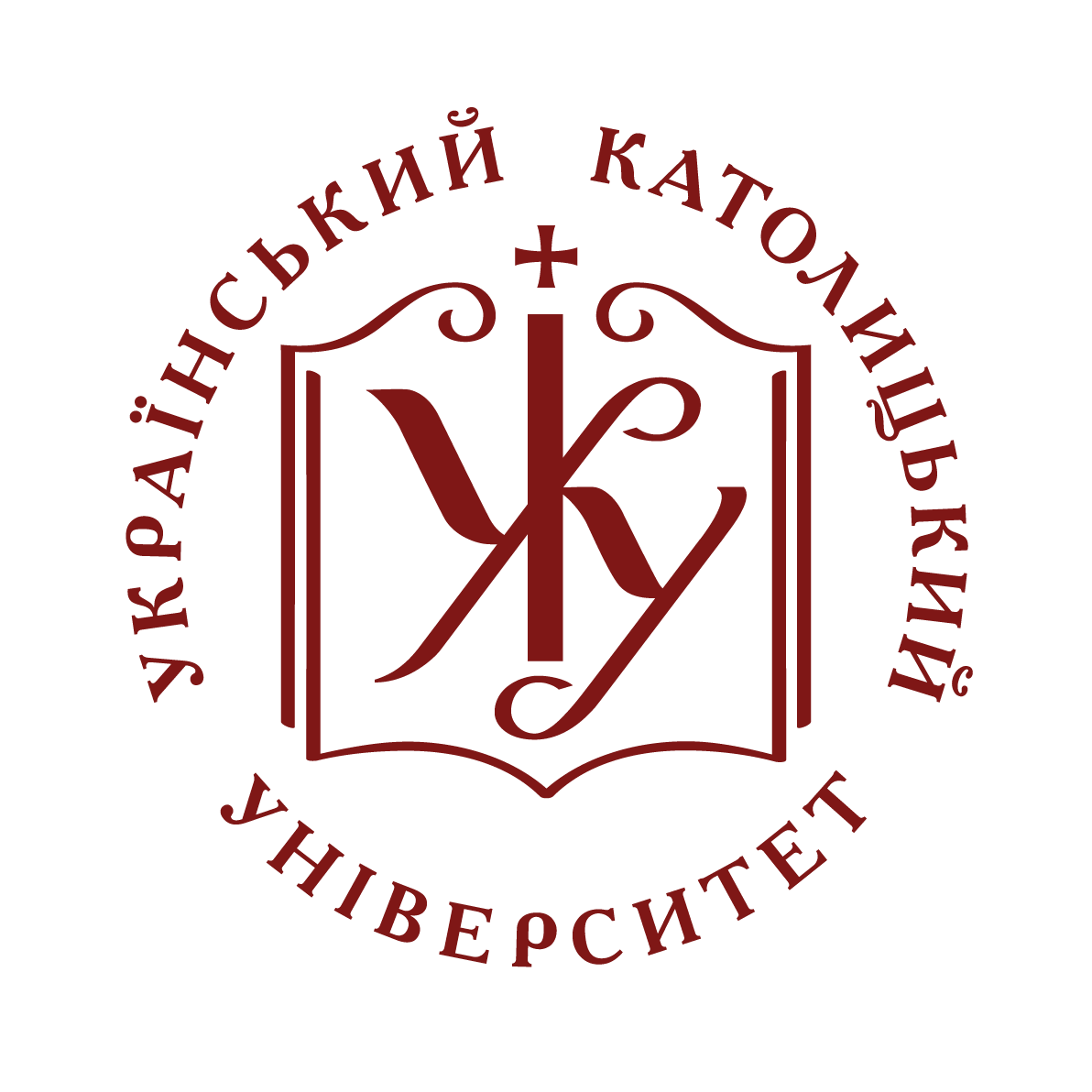- Домівка
- →
- Students Research & Project Works | Роботи студентів
- →
- Факультет прикладних наук
- →
- Бакалаврська програма "Комп'ютерні науки"
- →
- 2019
- →
- Перегляд матеріалів
Сценарії JavaScript вимкнено для Вашого браузера. Деякі функції цього сайту не будуть працювати без них.
Показати скорочений опис матеріалу
| dc.contributor.author | Dobko, Mariia
|
|
| dc.date.accessioned | 2024-02-14T16:14:12Z | |
| dc.date.available | 2024-02-14T16:14:12Z | |
| dc.date.issued | 2019 | |
| dc.identifier.citation | Dobko, Mariia. Lung Nodule Detection in Computed Tomography Scans Using Deep Learning / Dobko, Mariia; Supervisor: Jan Kybic; Ukrainian Catholic University, Department of Computer Sciences. – Lviv: 2019. – 40 p. | uk |
| dc.identifier.uri | https://er.ucu.edu.ua/handle/1/4481 | |
| dc.language.iso | en | uk |
| dc.title | Lung Nodule Detection in Computed Tomography Scans Using Deep Learning | uk |
| dc.type | Preprint | uk |
| dc.status | Публікується вперше | uk |
| dc.description.abstracten | Accurate nodule detection in computed tomography (CT) scans is an essential step in the early diagnosis of lung cancer. Radiologists often use Computer-aided detection (CAD) systems to receive a second opinion during images examination. Nodule classification is a crucial stage of the full process, which comes as the second phase in a CAD system, right after candidates detection. Its task is to distinguish between true nodules and false positives. The main goal of this thesis was to compare different deep learning methods, that can be used for nodule classification by evaluating their efficiency on a common database - LIDC-IDRI. We implemented three neural networks with 2-D convolution and three with 3-D, tested their performance and reported competitive FROC sensi- tivity scores. Used methods are compared among themselves and across other stud- ies. Experimental results demonstrate a strong dependence between higher scores and 3-D CNNs application. For instance, VGGNet-11 gives 72.1% sensitivity at 8 FPs/scan, while same model with three dimensional convolution - VGGNet-11 3-D produces 91.9% at 8 FPs/scan rate. Based on the obtained results we recommend to use VGGNet-11 3-D for nodule detection, as it showed the best performance com- pared to other implemented methods. Moreover, received sensitivity of 91.9% at 8 FPs/scan and 90.6% at 4 FPs/scan rate demonstrates the promise of chosen network and its competitiveness with the state of the art method, which reported 92.2% at 8 FPs/scan and 90.7% at 4 FPs/scan. Our source code 1 is publicly available so it can be used for future work in other studies. | uk |
Долучені файли
Даний матеріал зустрічається у наступних зібраннях
-
2019 [23]


